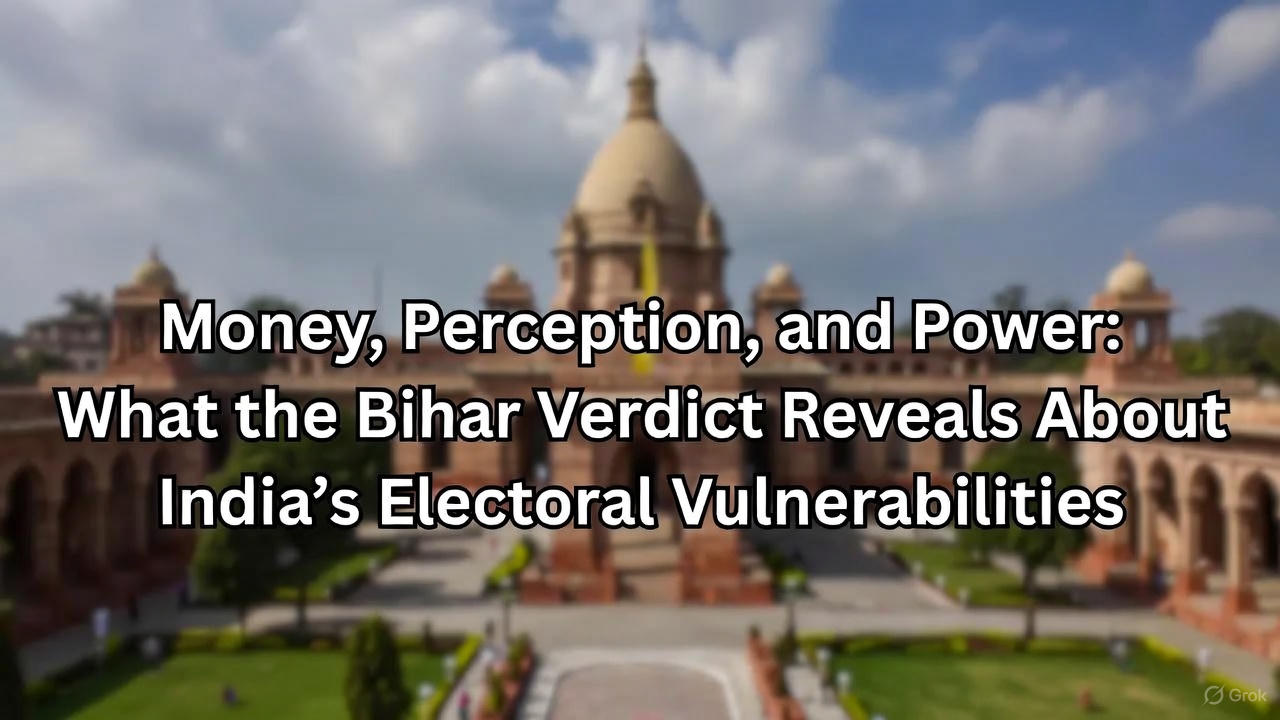
A valuable set of 35 handwritten letters by Rabindranath Tagore, the Nobel Prize-winning poet and thinker, is about to be auctioned. These letters, written between the years 1927 and 1936, were addressed to Dhurjati Prasad Mukerji, a respected sociologist and musicologist. The online auction will be conducted by Astaguru Modern Indian Art on June 25 and 26.
These letters, written in neat Bengali script, contain more than just words. They offer a deep look into Tagore’s personal thoughts, his literary views, and the cultural and artistic environment of his time. They allow readers to understand how he reflected on art, society, and human emotions. Each letter presents a piece of Tagore's personality and his role as a guiding figure in India's cultural history.
Tagore often wrote these letters on official paper from places like Visva-Bharati University in Santiniketan or from Glen Eden, his residence in Darjeeling. A few were even written while he was on his houseboat, the Padma. The letters show a strong intellectual friendship between Tagore and Mukerji. Though Mukerji is mostly known for his work as a Marxist scholar, he was also a keen observer and critic of literature, drama, and music. This made him a suitable person to exchange ideas with Tagore.
Through these letters, we see an older and more reflective Tagore. He expresses both his doubts and his strong views on literature and art. In one letter, he asks Mukerji to reconsider his opinion on a dance performance by Uday Shankar. In another, he criticizes the rigid thinking of some Bengali writers of the time and compares their narrow views to that of the Ku Klux Klan. He was clearly disturbed by how some people judged art with harsh and fixed ideas.
Tagore also speaks about his play Bansari, which was criticized for not being realistic enough. He replies firmly by saying that imagination and illusion are very important in art. He believed that human beings need more than facts. They need stories, music, and dreams to understand life fully. He even requested Mukerji to publish one of his letters so that readers would better understand his views on the role of creativity.
Out of the 35 letters, 29 have already been published in well-known magazines like Parichay and books such as Sangitchinta, Sur O Sangiti, and Chhanda. However, four of the letters have never been seen by the public. These unpublished letters are part of a private collection in Kolkata and are expected to be sold for a price between five crore and seven crore rupees. The letters vary in length from one to twelve pages, and fourteen of them still include their original envelopes.
Manoj Mansukhani, who works as the Chief Marketing Officer at Astaguru Auction House, said that these letters are more than personal messages. They are reflections of a changing India, of Tagore’s growth as a thinker, and of the principles on which Santiniketan was built. He also said that Mukerji was not just someone who received letters but someone who witnessed and understood Tagore's thoughts as a friend.
These handwritten letters are not just valuable to collectors. They hold meaning for students, writers, and anyone interested in India’s literary past. They help us understand how Tagore responded to the world around him and how he defended the place of imagination in a world full of rules and judgment.
Although these letters will be auctioned and may go into private hands, the ideas they hold will continue to live on. They are a reminder of a time when people used letters to share not just news, but emotions, beliefs, and art. Reading them today allows us to step into the mind of a poet who believed in the power of dreams and words.





















